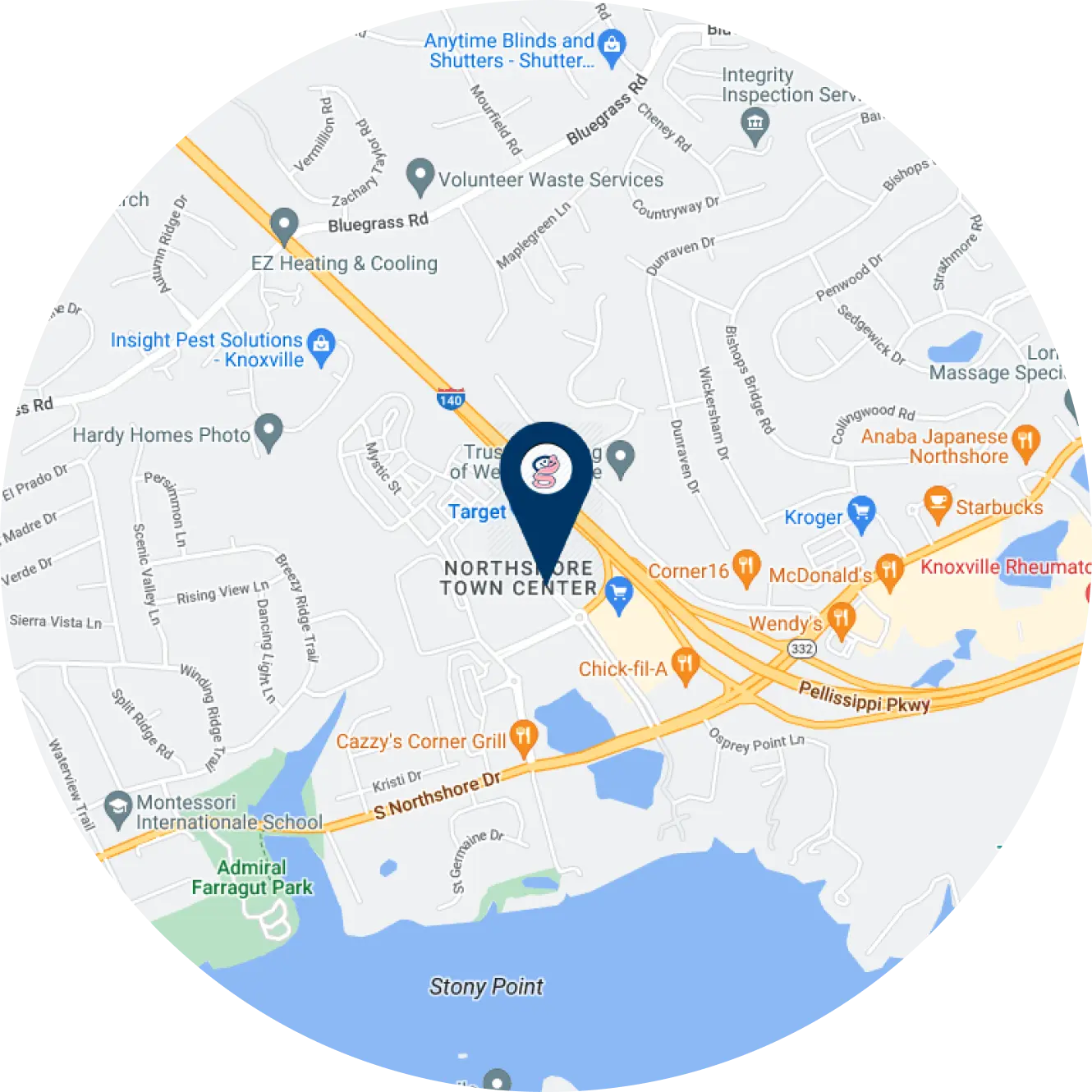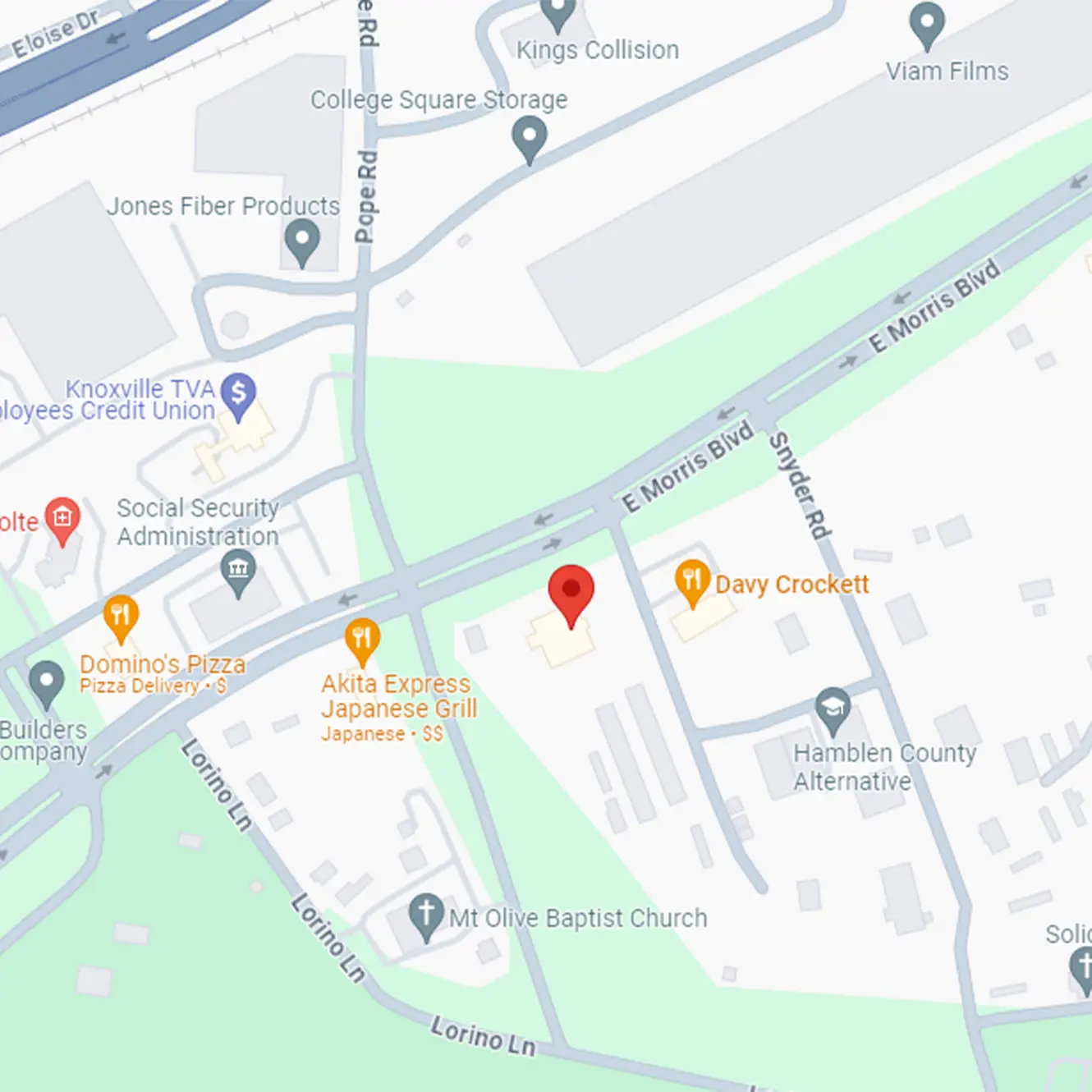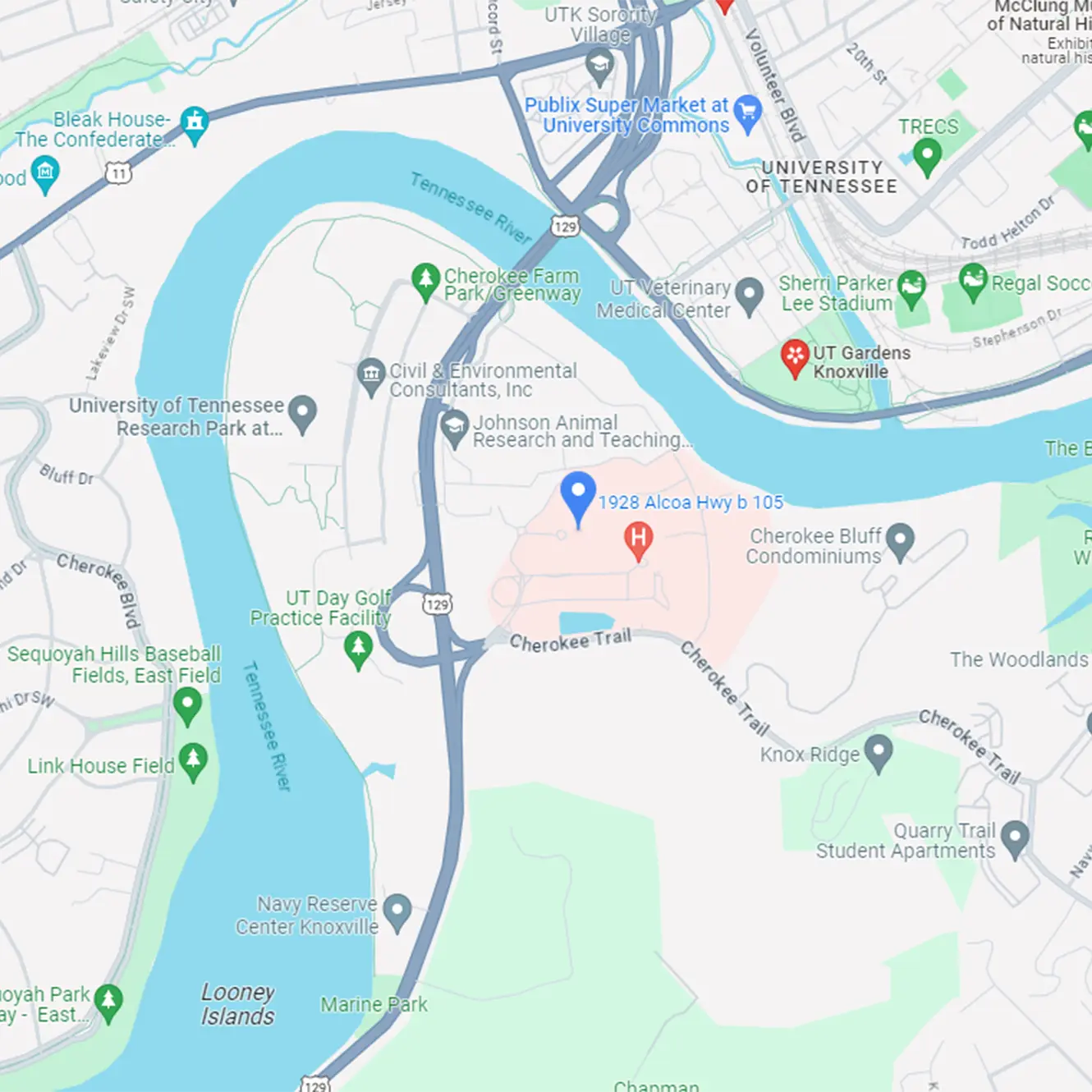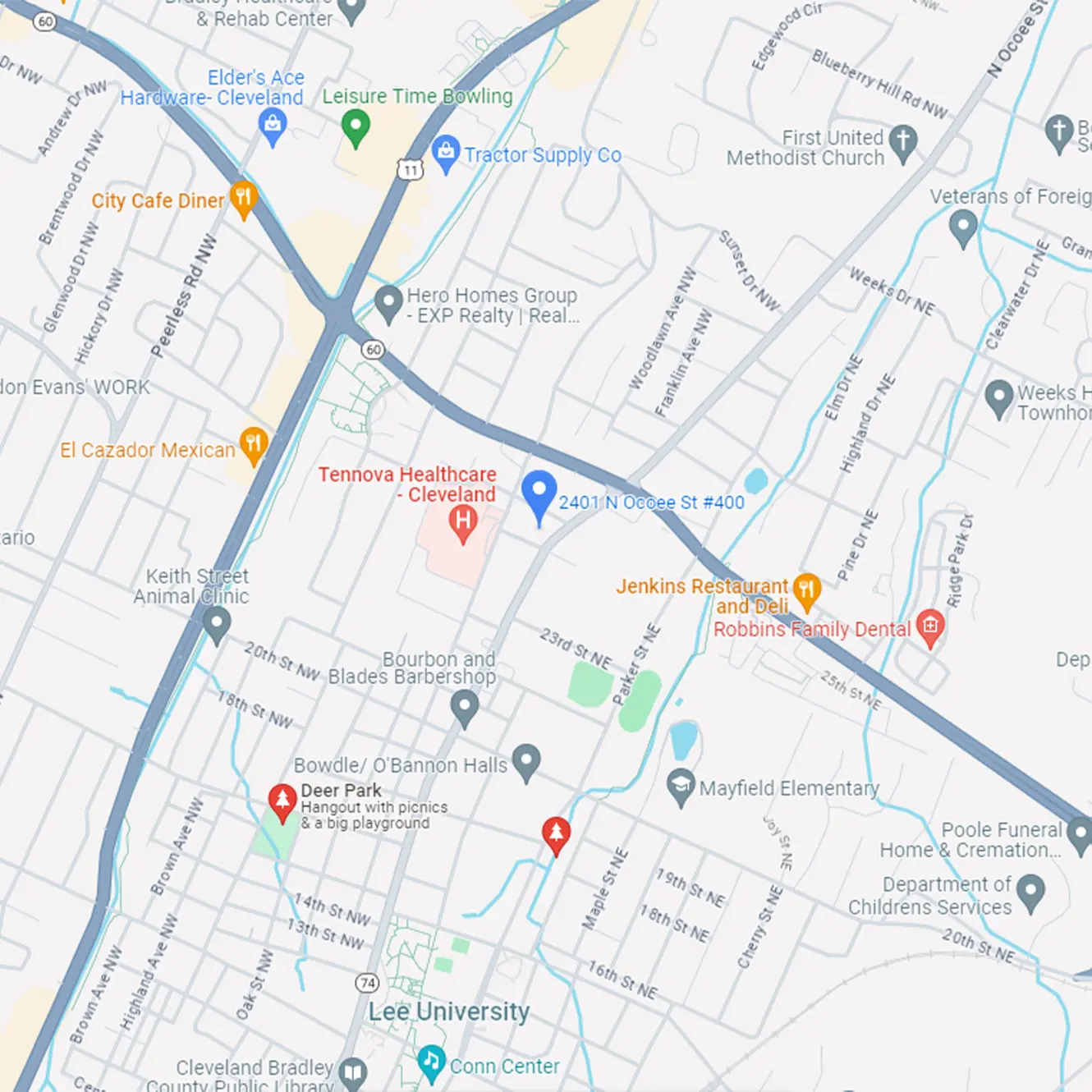A Dexa scan (Dual Energy X-ray Absorptiometry) is a simple and painless radiology test used to show loss of minerals in the bone (demineralization) in:
- conditions that prevent absorption of nutrients from food (malabsorption) such as: Crohn’s disease, Celiac disease, and Ulcerative Colitis
- chronic liver/kidney disease
- after major gastric surgery
- long term use of medicines like steroids
- lack of vitamin D or severe malnutrition
- the effects of treatment for osteoporosis and other causes of bone loss.
A Dexa Scan is the most accurate form of testing bone density and requires less radiation exposure than a CAT scan or Radiographic Absorptiometry. There are two types of Dexa scan equipment: a central device and a peripheral device. The central device measures bone density in the hip and spine. Central devices have a large, flat table and an “arm” that is overhead. The peripheral device measures bone density in the wrist, heel, or finger. It is a box-like portable unit that has a space for the foot or forearm.
How it works
The Dexa machine sends a thin, invisible beam of low dose X-rays with two separate energy peaks through the bones. One peak is absorbed mainly by soft tissue and the other by the bone. The soft tissue amount can be subtracted from the total and the remaining amount is the mineral density in the bone.
How to prepare for a Dexa Scan
- Wear loose, comfortable clothes
- Do not wear clothes that have a zipper, belt or buttons made of steel.
- You may be asked to wear a gown instead for the test.
- You may also be asked to remove any jewelry, keys, wallets dental appliances, or eyeglasses.
A Dexa Scan is not recommended during pregnancy.
How the Dexa Scan is done
The scan is usually done on an outpatient basis. If the central devise is used, the patient lies on a padded table and the arm (detector) slowly passes over the body and sends information to a computer. The patient must hold very still and may be asked to hold their breath for a few seconds while the X-ray picture is being taken. The scan usually takes only 10-30 minutes. The peripheral test is simpler. The finger, hand, forearm or foot is placed in the small device and it gives the results in just a few minutes.
A trained radiologist reads and interprets the scan results as a T score or a Z score. T score shows the amount of bone you have compared with another person who is the same gender (man or woman) with peak bone mass. A score above 1 is considered normal. A Z score tells the amount of bone you have compared with other people in your age group and the same gender.














